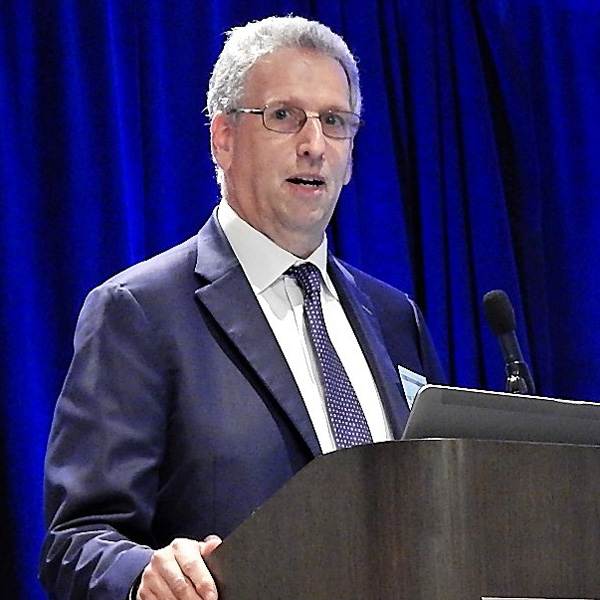Duke Energy (NYSE: DUK) on Thursday reported higher earnings for the full year of 2022 because of higher electricity volumes, more favorable weather and rate case contributions.
The company reported adjusted earnings of $5.27/share, compared with $4.99/share in 2021, though unadjusted earnings came in at $3.33/share, compared to $4.94/share the previous year.
“We achieved results solidly within our updated guidance range while making significant progress on our strategic goals, responding to external pressures and delivering constructive outcomes across our jurisdictions,” CEO Lynn Good said during an earnings call.
The company is in the process of selling Duke Energy Sustainable Solutions, a non-regulated renewables developer that has 5,319 MW worth of projects spread around the country, and it took an impairment charge of $1.3 billion related to the sale.
“I think the thing to recognize on an impairment charge is it’s an accounting adjustment that’s really driven by the earnings profile of renewables where a lot of the profit sits in the early part of the life, [and] you then depreciate it over a longer period of time,” Good said. “So, when you make a decision to exit before the end of the useful life, you’ve kind of set yourself up for an impairment.”
Duke announced plans to sell its commercial renewables business in November, and it hopes to complete that process later in 2023.
While it is getting out of the business of developing competitive renewable projects, most of Duke’s expected spending in the coming years will be on shifting its regulated utilities to cleaner generation, with a $65 billion capital plan for all of its regulated businesses.
In North Carolina, the next steps for that capital spending have been laid out in the firm’s first carbon plan, which was approved by state regulators late last year. The state approved Duke to build 3,100 MW of solar and 1,600 MW of energy storage in the near term, with limited development activity for longer-term projects, including small modular nuclear reactors.
The North Carolina Utilities Commission also authorized Duke to plan for about 2,000 MW of new natural gas plants that Good said are needed for reliability.
“Through its order, the commission reinforced the importance of maintaining a diverse generation mix while conducting an orderly clean energy transition and was clear that ensuring replacement generation is available and online prior to the retirement of existing coal units is a shared priority,” Good said.
The carbon order supports Duke’s own capital plan, giving it the clarity that it needs to advance critical near-term investments, she added. Duke plans to spend $4.7 billion over the next three years, largely on transmission and distribution enhancements, though with some earmarked for the solar and storage approved by the NCUC.
While Duke is focused on solar and storage in the short-term, Good said the company would need to build 10 to 15 GW of “zero-emitting load-following resources in the late 2030s, or 2040s.
“That could be hydrogen; it could be small modular reactors; it could be [carbon capture, utilization and storage]; it could be longer-duration storage,” Good said. “So, the key being, again, though, we’re not going to invest until they are affordable for our customers, and we can invest at the commercial scale necessary to make a difference.”
Duke is spending time on small modular nuclear reactors because it is the largest “regulated” operator in the country and is in part of the world where the technology is generally viewed favorably, Good said.
The company has also worked with neighboring utilities in the Southeast on a hydrogen hub because Good expects it will have plenty of extra solar energy that could be used to produce the fuel.
“We’re not ready to put our finger on any specific technology as the solution,” she added. “But we are advancing our work, piloting, advising, working as actively as we can to make sure these technologies are developing at pace so that when we do need them and are ready to invest, there will be something that makes sense for our customers.”
